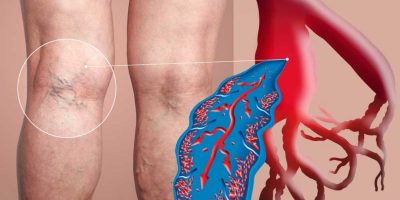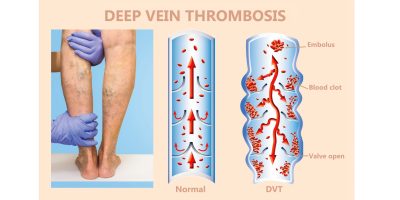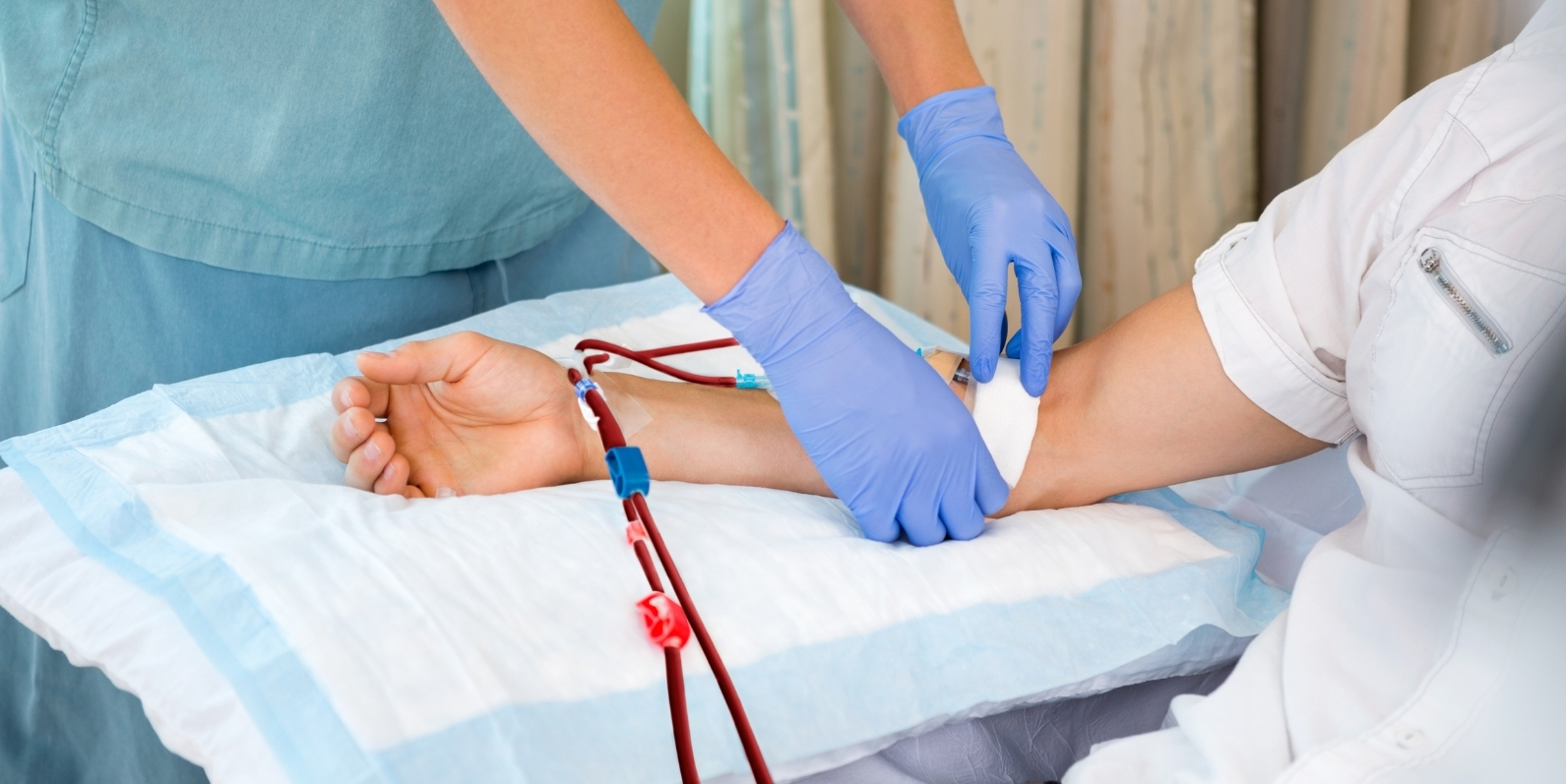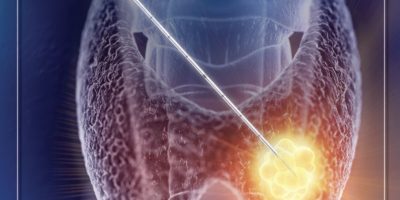01
Tapping
Our tapping procedures, guided by Ultrasound, ensure precision and safety. Whether it’s tapping for fluid collection or therapeutic drainage, our experts use state-of-the-art technology to enhance the accuracy of the procedure.
02
FNAC (Fine Needle Aspiration Cytology)
Fine Needle Aspiration Cytology, guided by Ultrasound, allows us to obtain tissue samples with minimal invasiveness. This diagnostic procedure aids in the assessment of lumps, nodules, or masses, providing valuable insights for treatment planning.
03
Biopsy
USG-guided biopsies offer a minimally invasive approach to obtaining tissue samples for analysis. Whether investigating suspicious masses or evaluating the nature of abnormalities, our team ensures precision and patient comfort throughout the procedure.
04
Drainage
Our drainage procedures, guided by Ultrasound, are designed to address fluid collections in various body areas. From abscess drainage to cystic fluid removal, we prioritize patient well-being by minimizing invasiveness and optimizing accuracy.
05
Pigtail
Pigtail catheters, guided by Ultrasound, are employed in various drainage and fluid management procedures. These catheters, characterized by their unique coiled design, enhance the efficiency of drainage while minimizing patient discomfort.










